- Joined
- Aug 15, 2000
- Messages
- 18,845
re: pavilion angles >40.9, I am perhaps labouring under the illusion that leakage can start to present itself and therefore potentially be an issue, but then I guess it is correct to say it is not an issue (or less of an issue) if the crown angle is complementary?
Shiny did you watch the videos with quite wide ranges of complimentary crown and pavilion angles?
I recall recent posts by Serg with what could be considered 'steep/deep' combos that risk 'ring of leakage' head-on in ASET but then perform nicely at tilt angles - I think it could be worth exploring the ranges of acceptable crown/pavilion angles (and their combinations) in an educational thread or one of the learning topics (if it has not already been done) as it would certainly help me!
Sergey makes an excellent argument for consumers buying and short sighted people. In this article http://www.gem.org.au/ckfinder/userfiles/files/GAA_Journal_V25_No3_web2(1).pdf which we published together in 2013 (which people will understand in 10 or 20 years) there is an excellent explanation of binocular vision effects. For a start if you look at the image below with one eye you hardly see any of the magic spots.
With a diamond when one eye sees a dark facet, and the other sees a bright facet at the exact same place this creates a sparkly brilliance that is not visible with one eye only.
My problem with Serg's arguement for deeper diamonds where the 'ring of death' leakage inside the table provides darkness and brightness for alternate eyes is that most diamond viewing is done from further away and the binocular rivalry is far less likely to happen as a result of the leakage effect.
To the contrary, this is why I prefer slightly shallower than Tolkowsky (but allowing for a range of inverse crown and pavilion angle effective proportion combinations). The ring of death is both visible from a distance AND reduces the overall brightness AND looks like crap when the diamond is dirty (dirt sticks diamond twice as well as any other earthly material).
Sergey argues that from a distance a shallow diamond star is always visible; like the bow tie effect in some marquise pear and ovals. But his own binary vision argument somewhat reduces that effect. For example, we see a persistent bowtie when we look at a marquise in the north south orientation. But if you turn the stone to east west you will only see the bowtie when you close one eye.
If any of you have a stone with a bowtie please try the experiment.
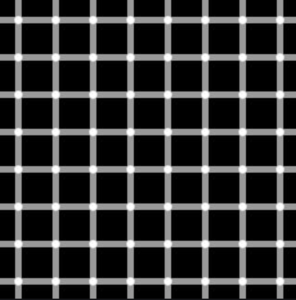

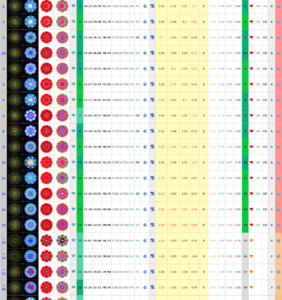
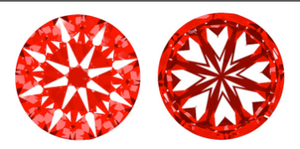
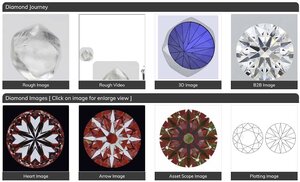
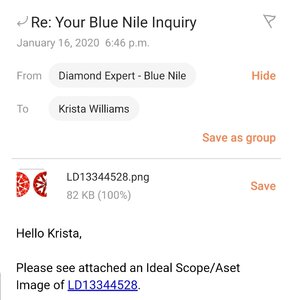


300x240.png)